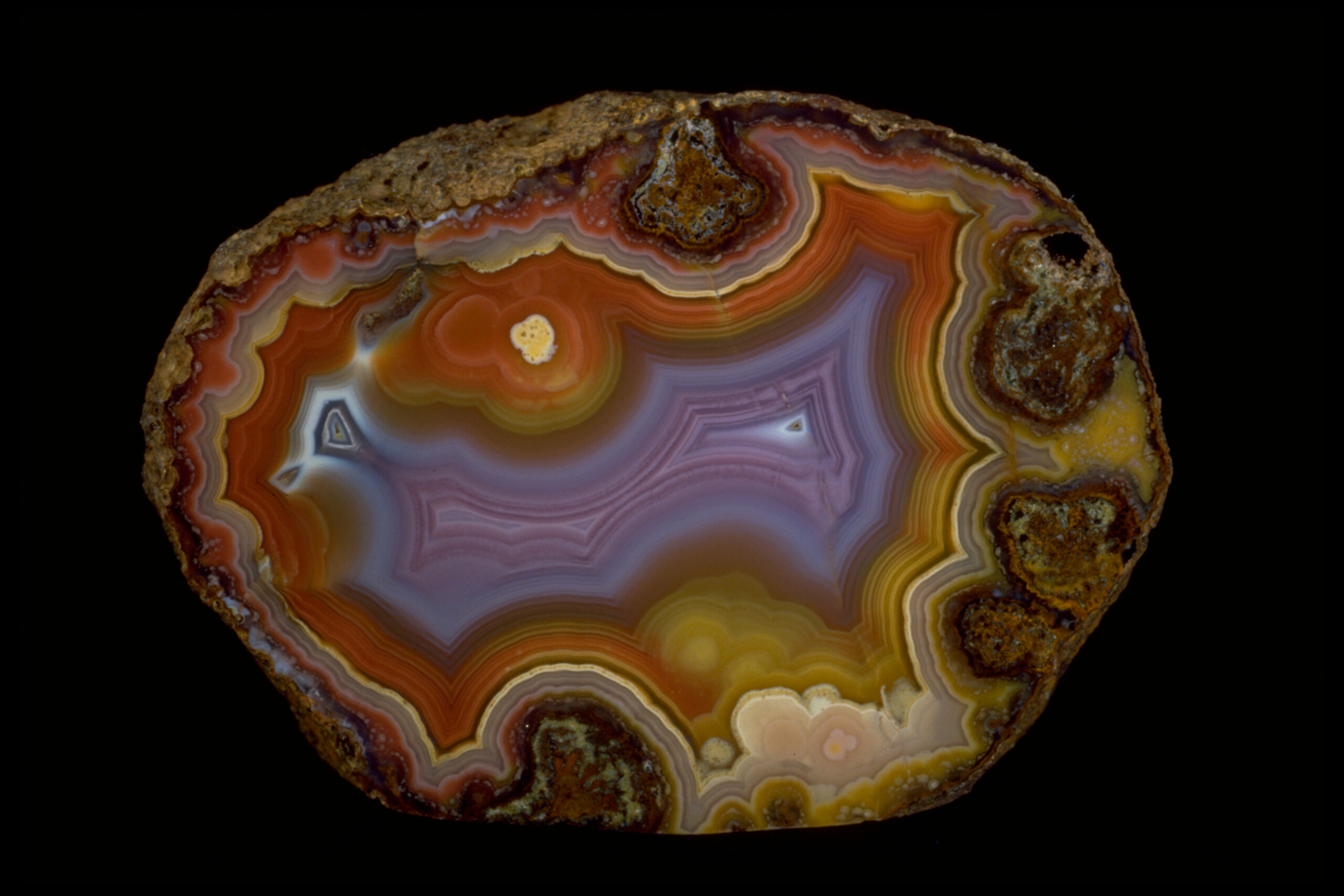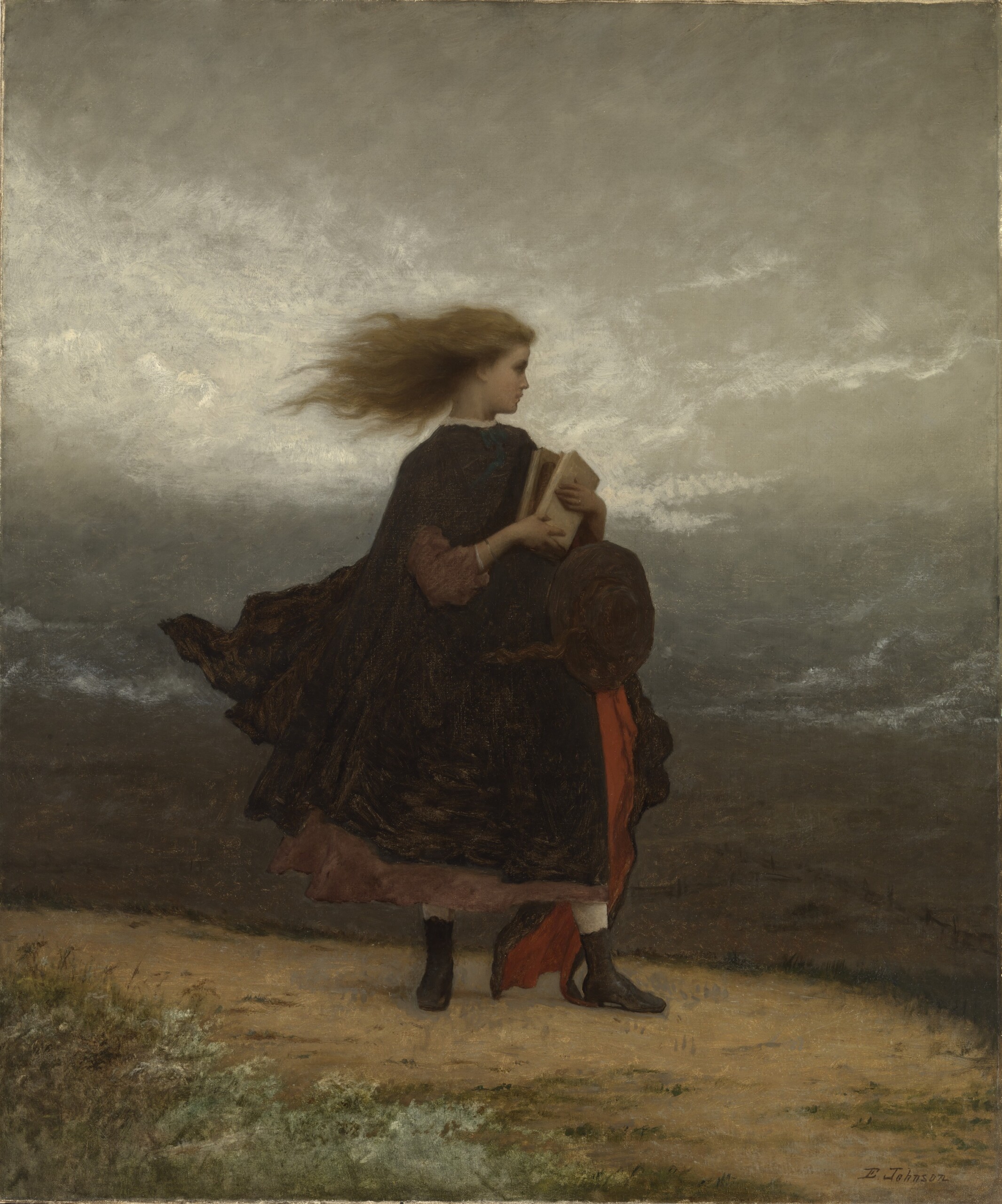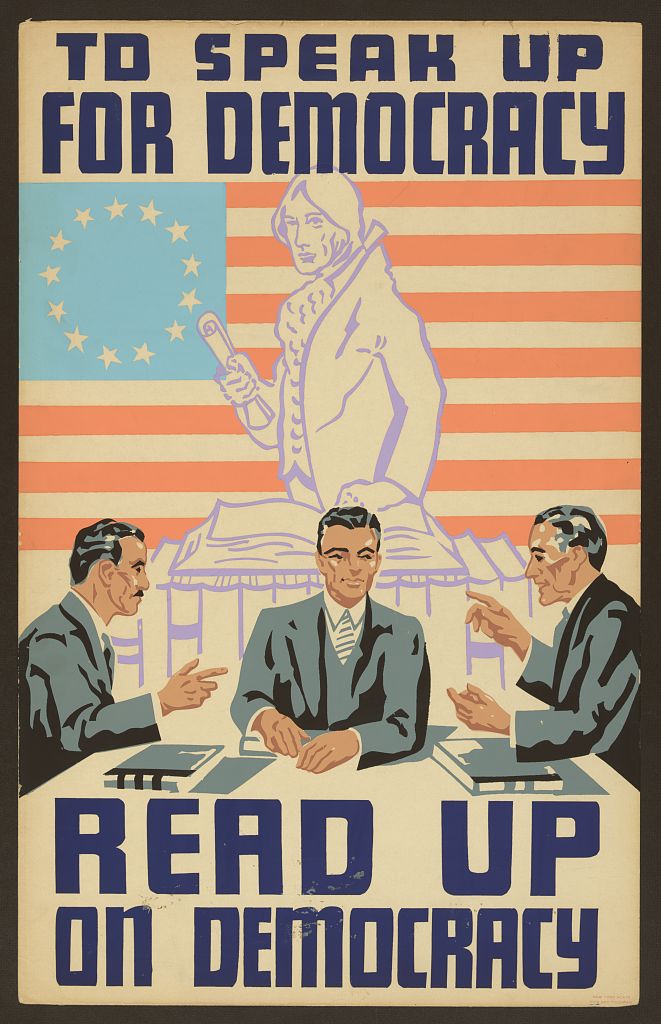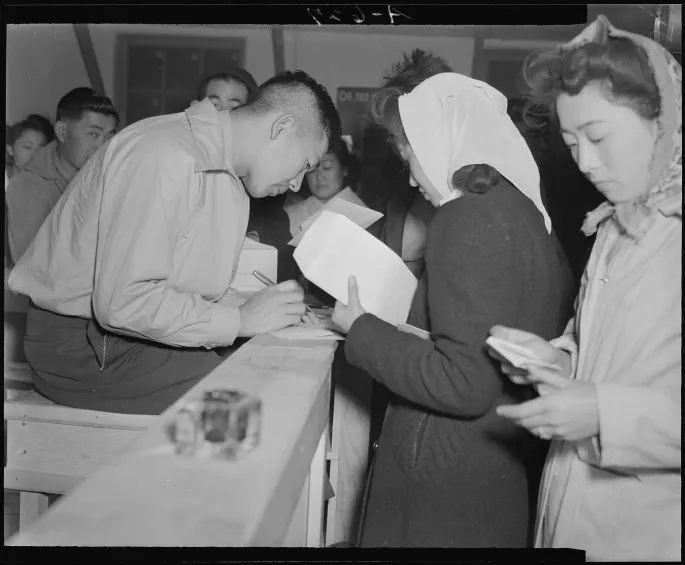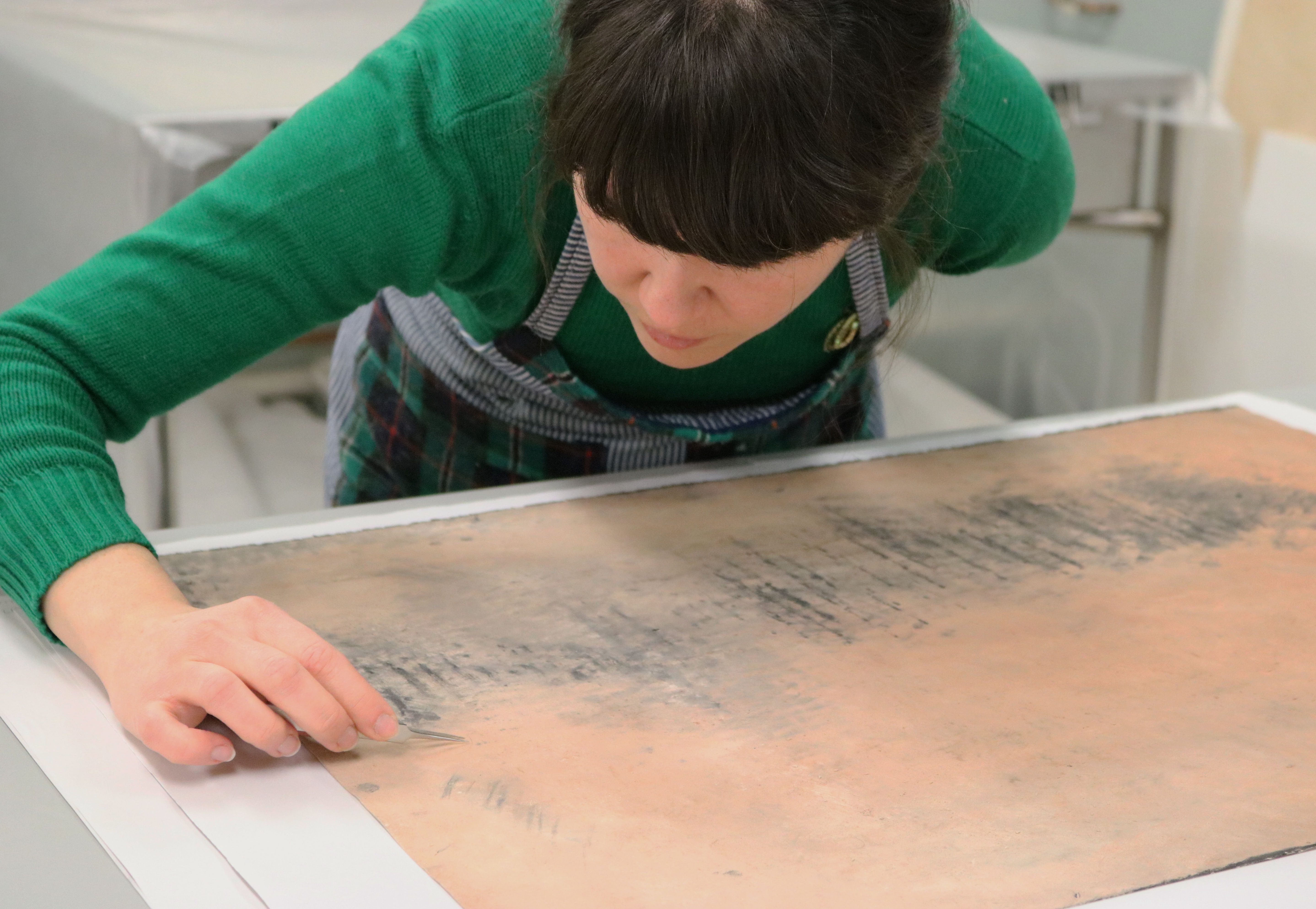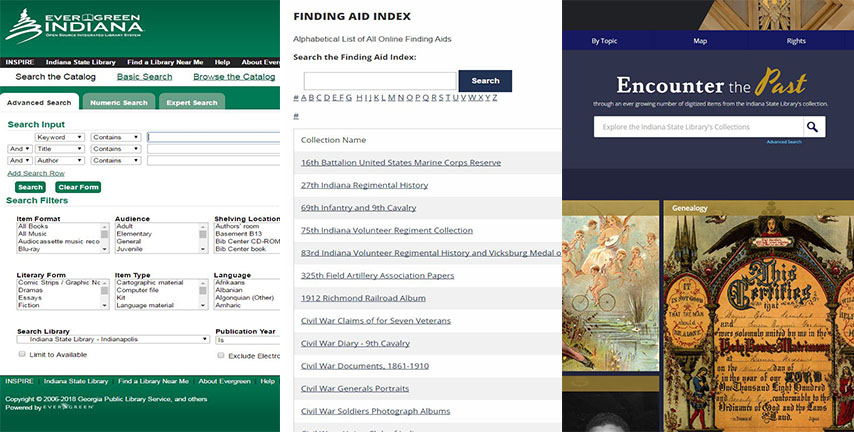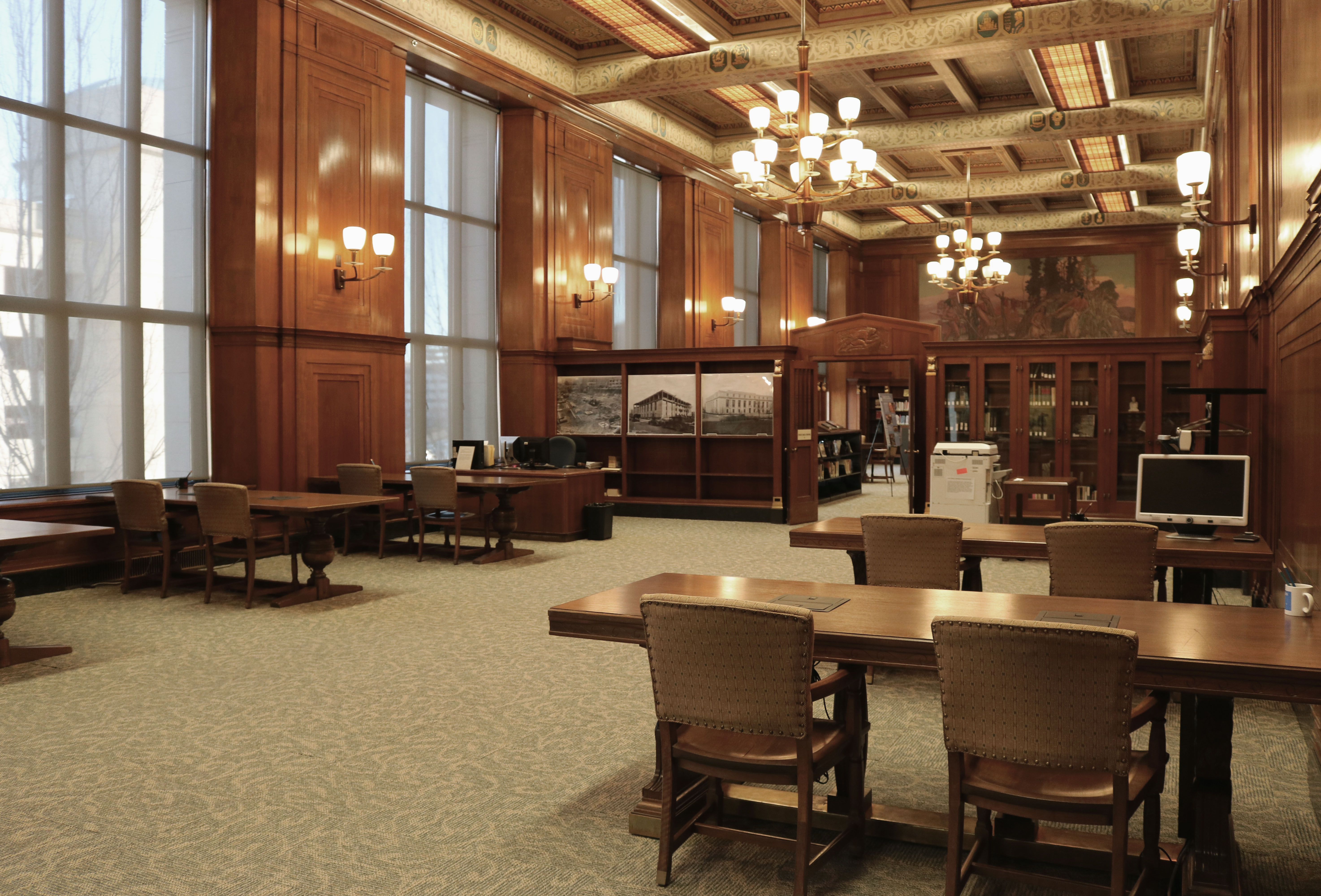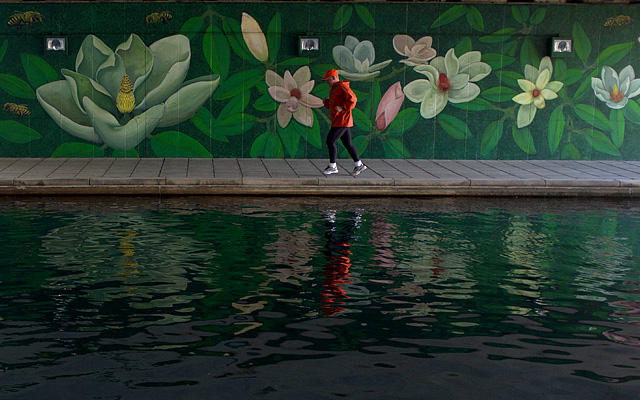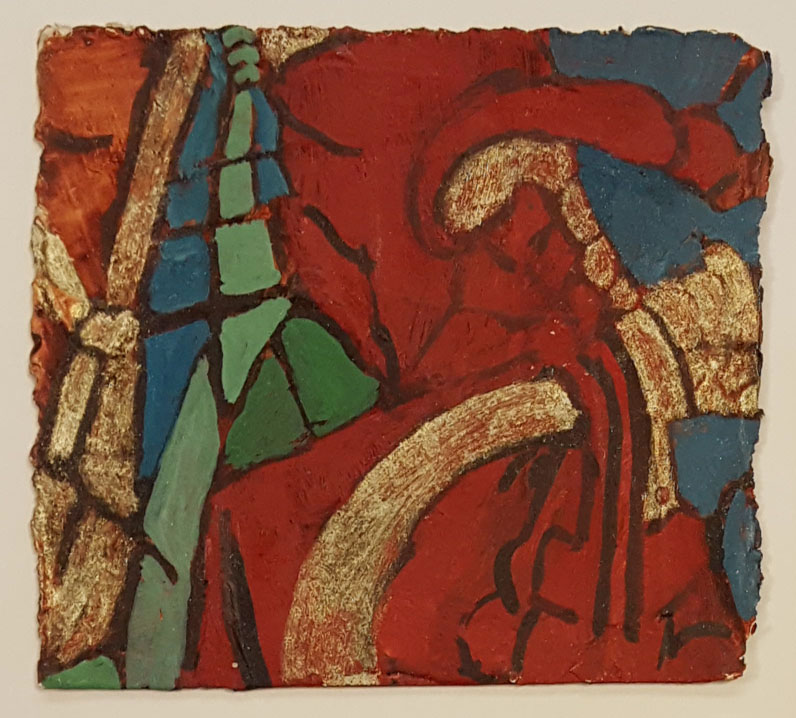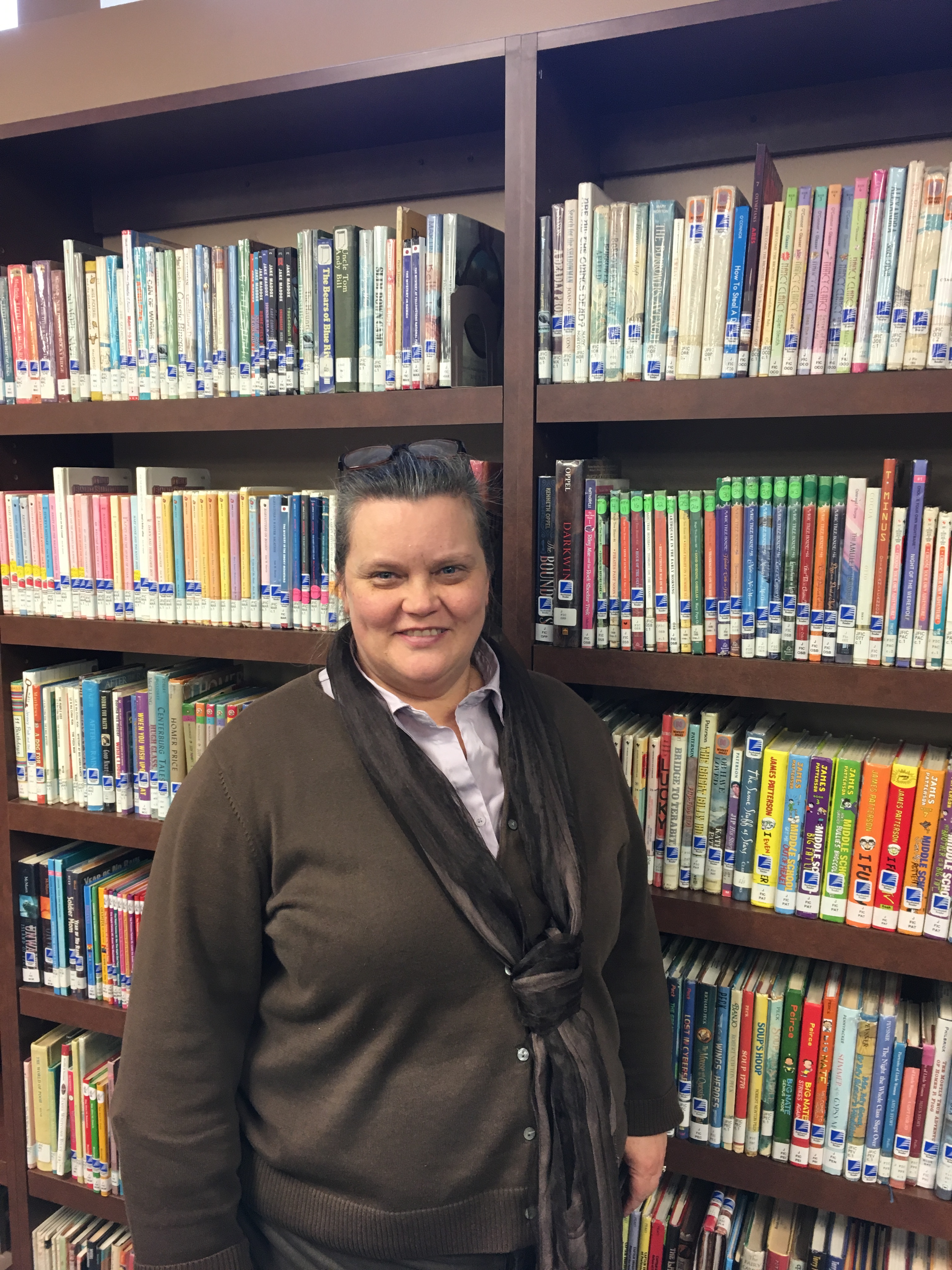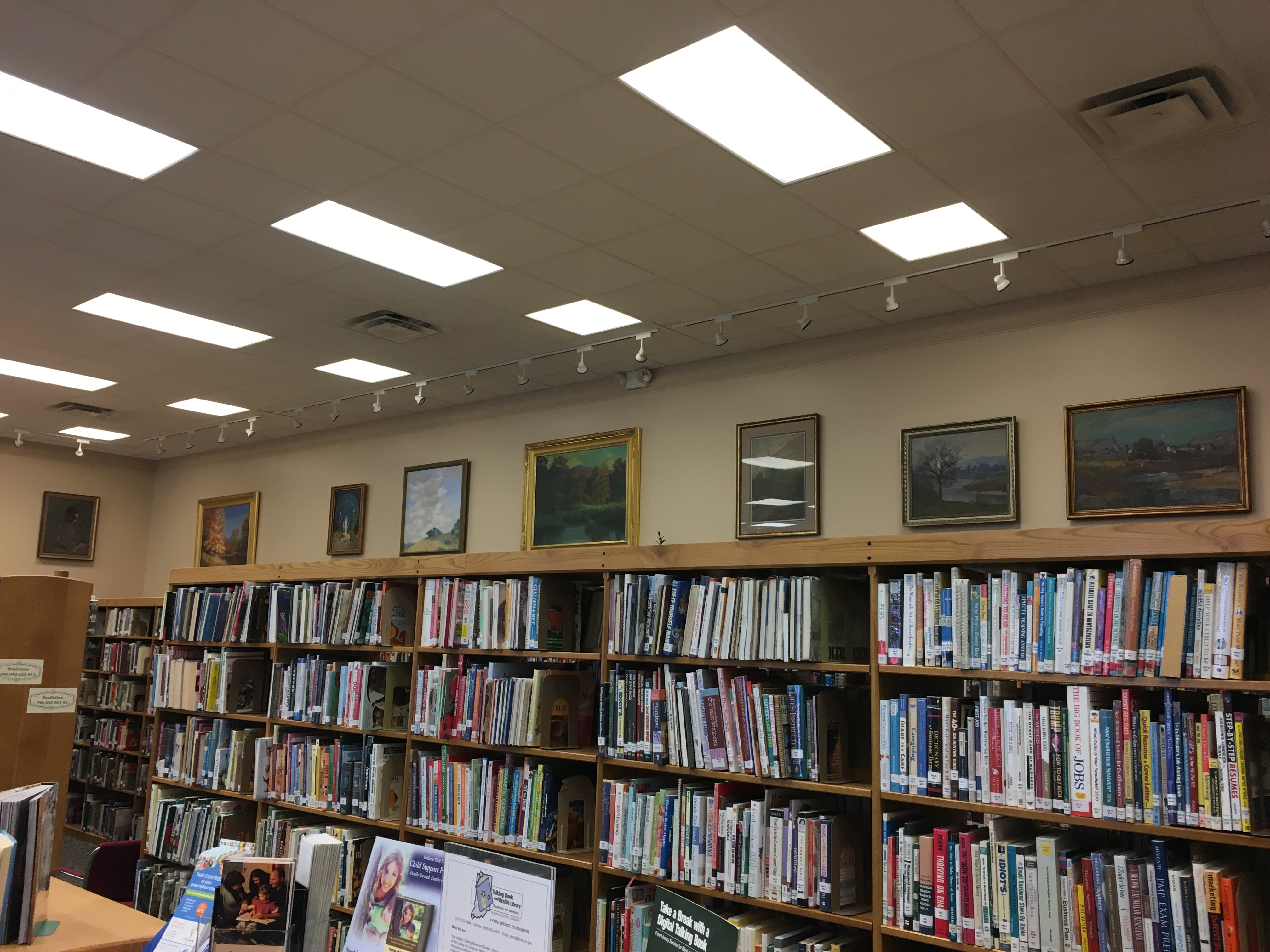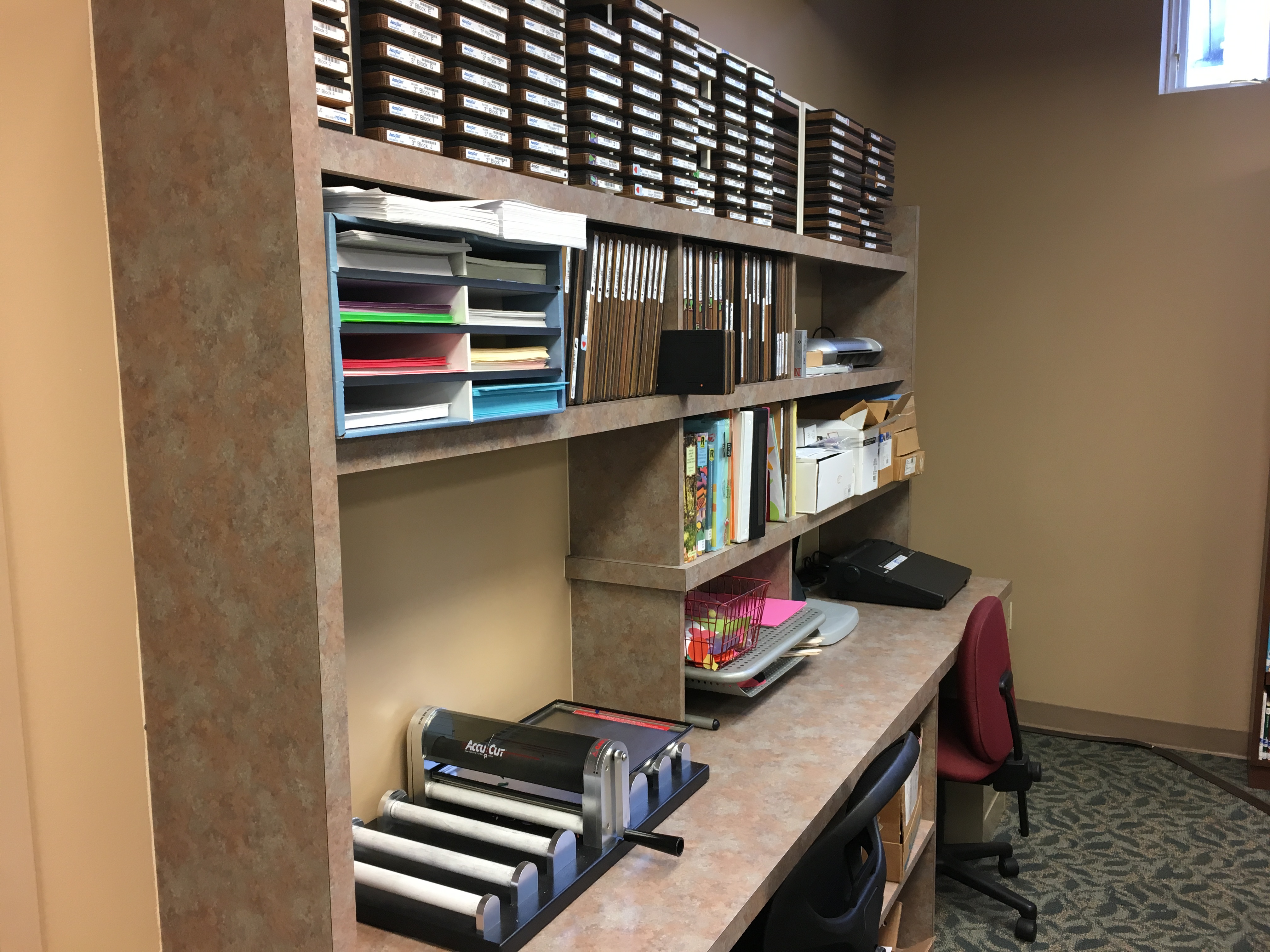One forgets that as the curator of the National Portrait Gallery, the National Gallery of Art, the Library of Congress, the Smithsonian and the National Archives, the United States government sits on a treasure trove of beauty and art, much of which can be had for free.
If one is out and about on the internet, stop by the National Gallery of Art, a wonderful place to pick up a painting. I found these two – one by Manet and the other by Miro – in the free download section.
Say a painting piqued the curiosity of an art teacher or an art student, they can find scores of courses, artwork and kits online at the National Archives and at National Gallery of Art. Preschoolers can examine a Rousseau while middle schoolers can reconstruct a Kandinksky.
Then, there is the poster collection at the Library of Congress, which is comprised of over 85,000 items, and includes commercial artwork. Many posters can be downloaded free of charge here, while other works of art can be purchased here for very reasonable fees, often about $16.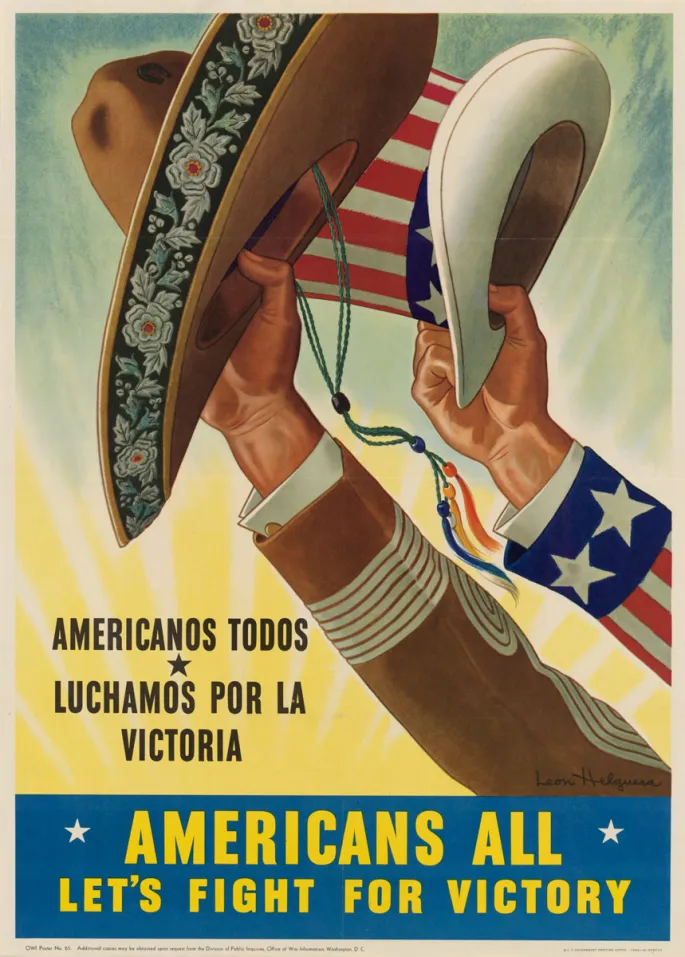
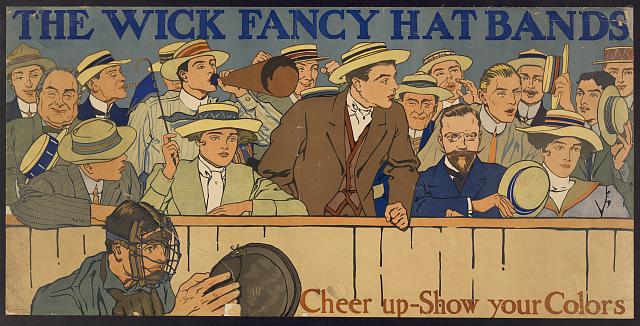
 Perhaps, it is realism you are after. Check out the Smithsonian, a great place to collect photographs of wildlife and other gems.
Perhaps, it is realism you are after. Check out the Smithsonian, a great place to collect photographs of wildlife and other gems.
Numerous federal sites provide access to informational posters on safety, amendments, Works Progress Administration – also known as WPA – programs, ecosystems and so much more.
My electronic stroll through the galleries, brought to mind the words of William Morris: “I do not want art for a few anymore than education for a few, or freedom for a few.” How fitting that so many entities run by the government offer beauty right along with truth.
This blog post was written by Kate Mcginn, reference librarian, Indiana State Library.


